Istanbul - Portrait Of A City
Back in 1992, Istanbul felt exhilaratingly different: ancient, exotic and exciting. Geographically half European, but culturally more Middle Eastern, the city was teeming with life, noise and new odours. Chaos reigned, both day and night. It was an ideal place to start a road trip around Turkey. The whole tour was memorable for all the right reasons: a curious culture, elegant and old architecture, tasty cuisine and fascinating people.
Vivid memories linger: old-fashioned looking ferries crossing a choppy Bosphorus, emitting plumes of thick black smoke and the toot-tooting their horns loudly. Fishermen in small boats frying mackerel in pans of boiling oil, hurled cooked fish upwards to a man standing at the edge of the quay who, arms outstretched, caught it, wedged it between a sliced baton of bread, and then sold it to a passing customer. Delicious! Old men, half-vagrant, wandering around the open air cafes selling mussels. The multiple cries of the Muezzin from high minarets, echoing across the city at dusk.
Returning thirty-one years later in 2023, I was surprised how much had changed. Sadly, the ferries were now diesel powered, streamlined hulks. The mackerel cookers were no more (and mysteriously, the sea level appeared significantly higher), and the dishevelled old mussel sellers were nowhere to be seen. In fact, many of the old street vendors selling food from their wooden carts had also disappeared, replaced by modern looking buffets built at the edge of wide pavements.
The shopping street Istiklal Caddesi leading to Taksim Meydani could have been London’s Oxford Street, with Mango, H&M and Adidas stores, KFC and McDonald’s fast food outlets and Starbucks and Caffé Nero coffee shops. The financial quarter on the Asian side of the city looked remarkably like London’e equivalent, Canary Wharf, and screamed Money from its towering heights. Modernisation, commercialisation and gentrification had eliminated much of my fascination at the unique character of the city, along with its old smells and grime. Even the salty ozone fragrance from the Bosphorus seemed more mellow. The scourge of graffiti was new.
That said, it was good to wander through the Grand Bazaar where little seemed to have changed, other than the notably increased presence of counterfeit goods such as watches, sportswear and Disney goods. The enclosed courtyards in the mosques remained quiet havens for contemplation and the worshippers appeared similar in age and dress. Behind the main roads and shop fronts, some dark and malodorous alleys and backstreets remained. Parks and gardens looked remained but were better manicured and equipped.
I wanted to tell the story of the city as I now saw it - a sea change from 1992.

Turkish Flag Seller, Kadikoy

Sea Change, Istanbul

Istanbul Cityscape From Balat,

Nisa, Beyazit Square
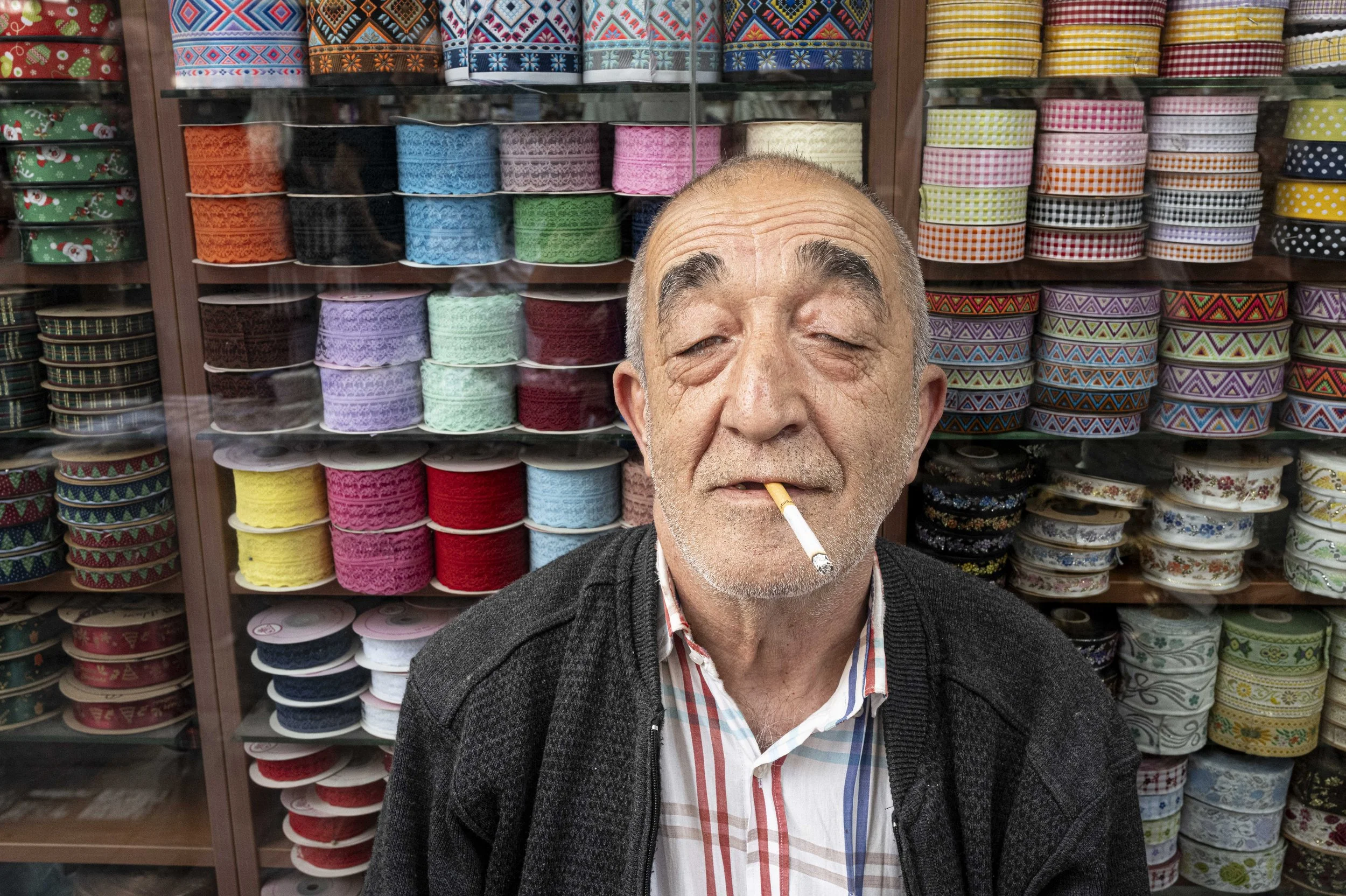
Man Selling Haberdashery, The Grand Bazaar

Taxi Drivers, Karacoy

Family Approaching University Gates, Beyazit

The Old & The Young, Beyazit

Melek Esen, Sirkeci

Waiters, Sirkeci

Pavement Buffet

Market Trader

Market Trader

Market Trader
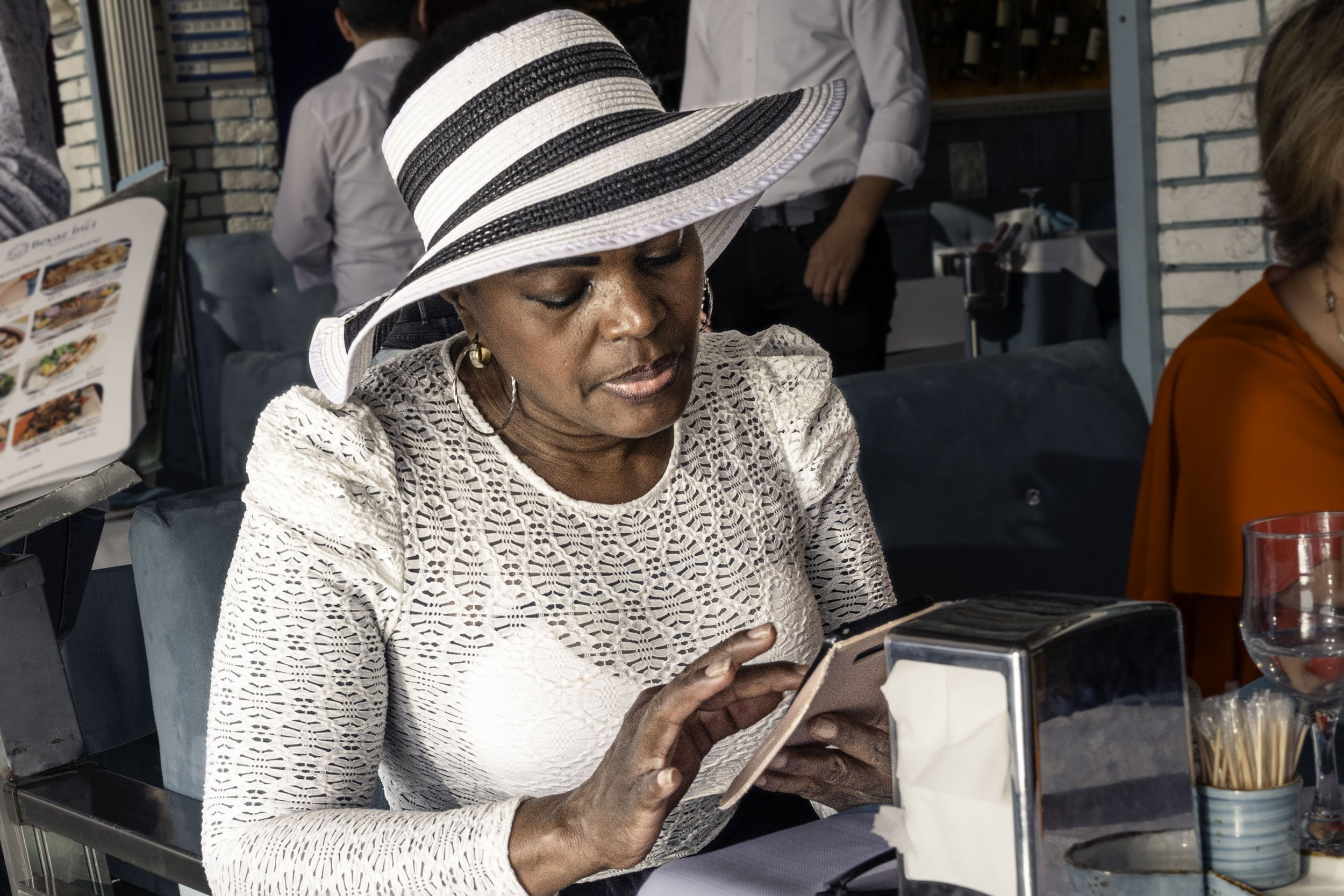
Woman Dining At Restaurant On The Galata Bridge

Fishing From The Galata Bridge

Kadikoy

Three Women
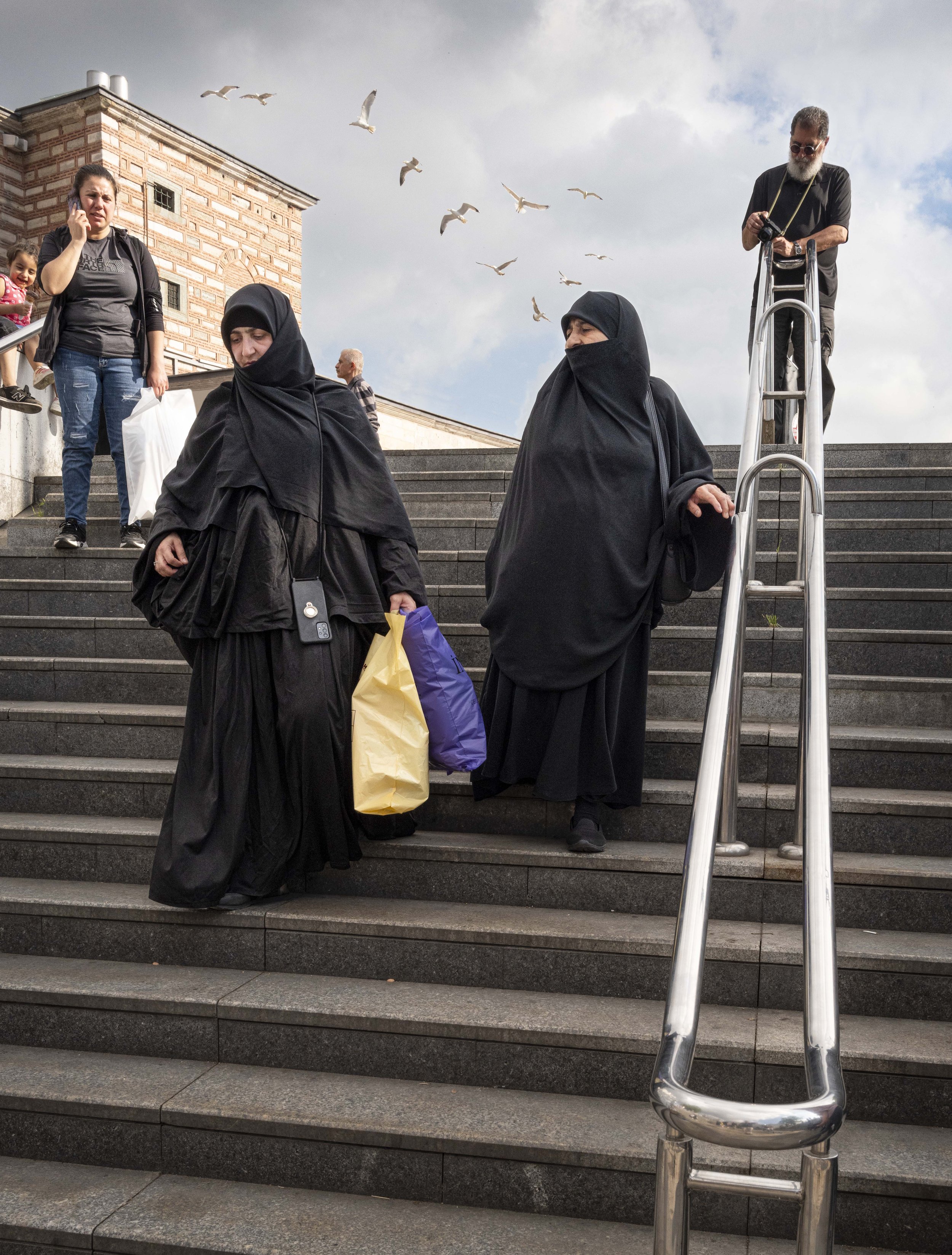
Shoppers
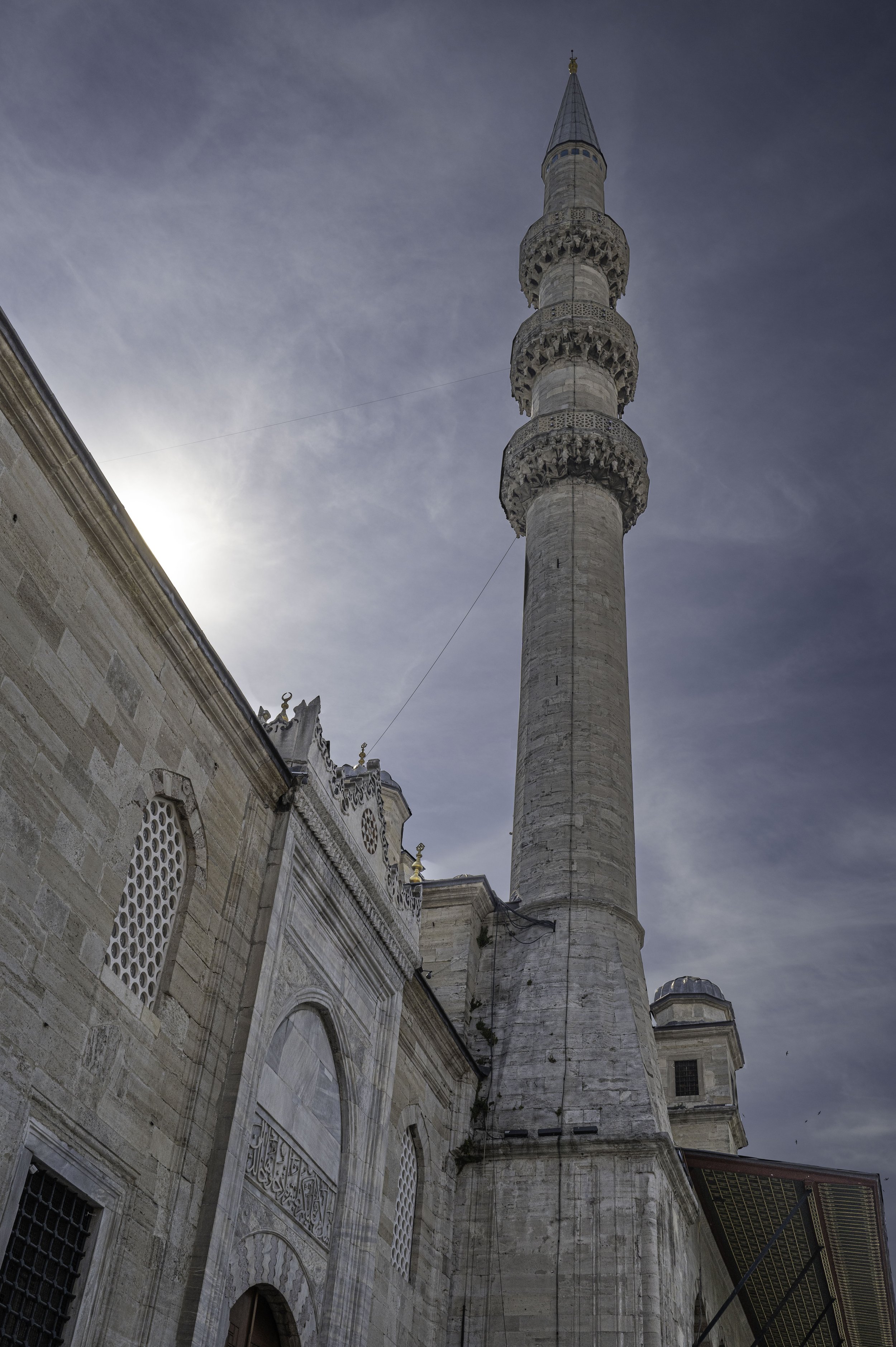
New Mosque, Sirkeci

Man Standing In The Sahn Of The Beyazit Mosque
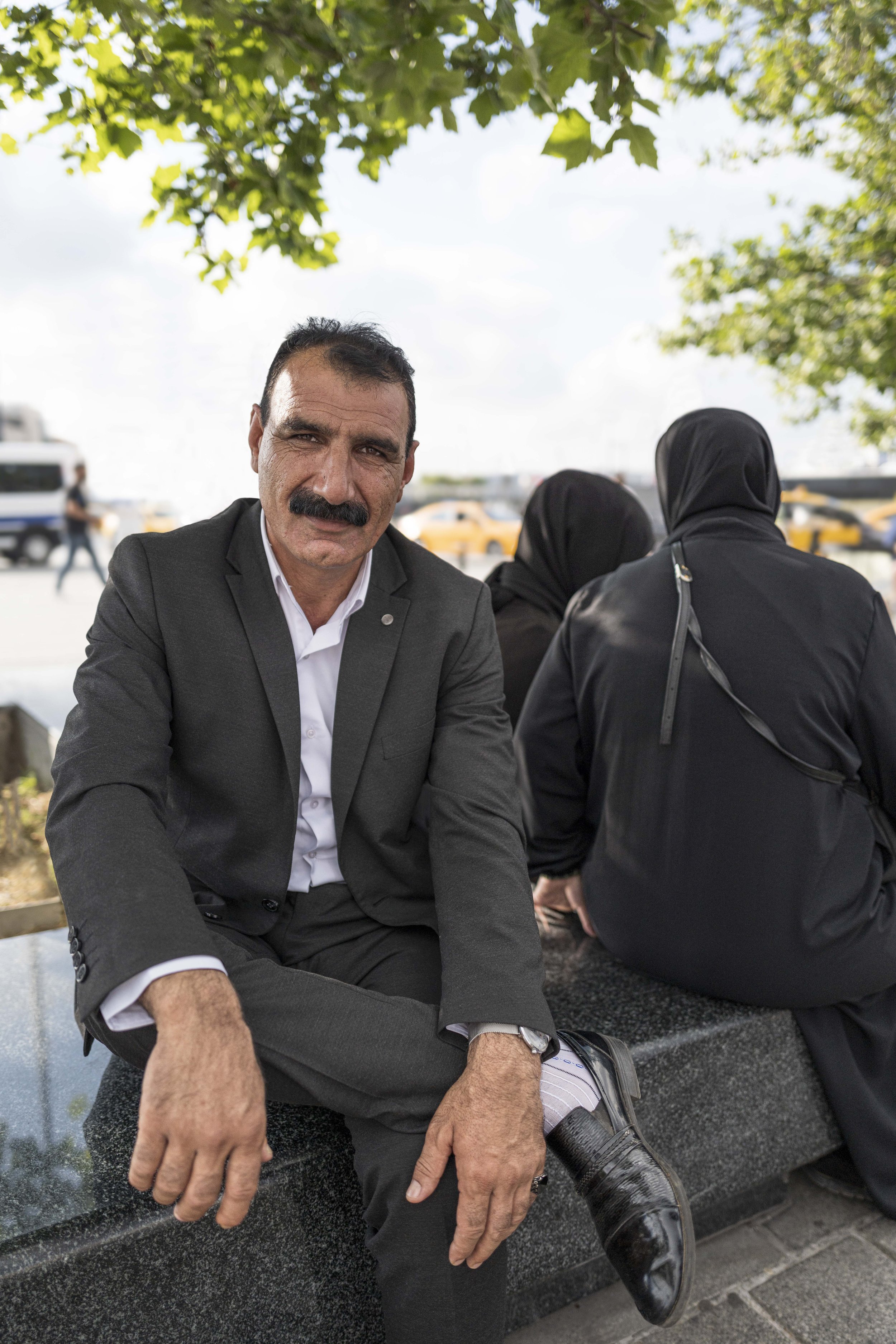
Turkish Man In Suit, Sirkeci

Ferry Waiting Room

Haydarpaşa Container Port

Feeding Seagulls

Wall Mural, Kadikoy

Graffiti, Karakoy

Bookshop Near Grand Bazaar

Ataturk

Kant and Messi

Leaving The Subway

Underpass, Galata Bridge

Underpass, Galata Bridge
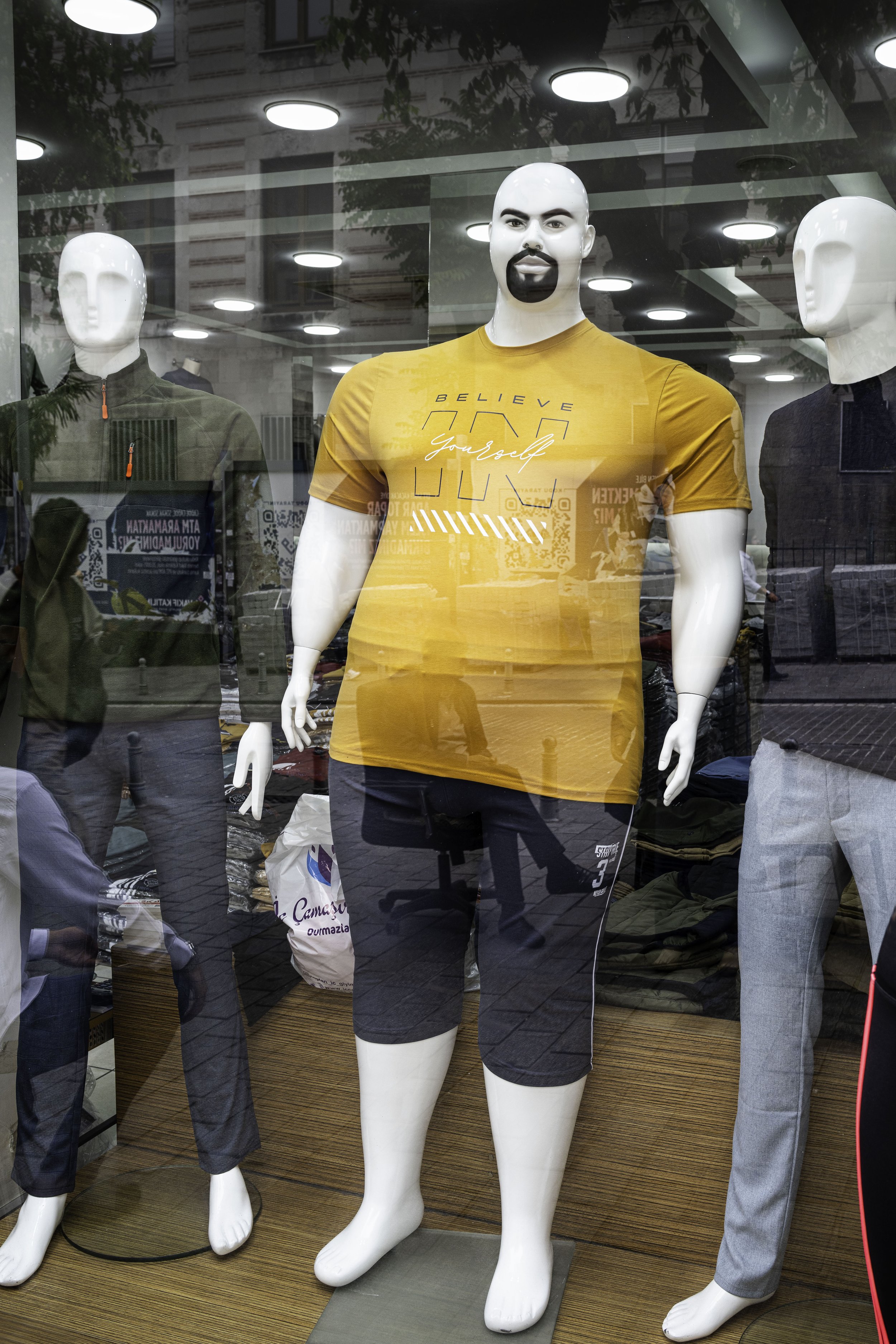
Obesity: Mannequin

Obesity: Man

Hasim, Outside The New Mosque

President Recep Tayyip Erdoğan

Nap

Gentleman Leaving Yavuz Selim Mosque, Balat

Wet Shave At The Turkish Barber

Two Women Strolling, Sultanamet

Nose Job

Bride & Groom Standing On The Comondo Stairs, Galata
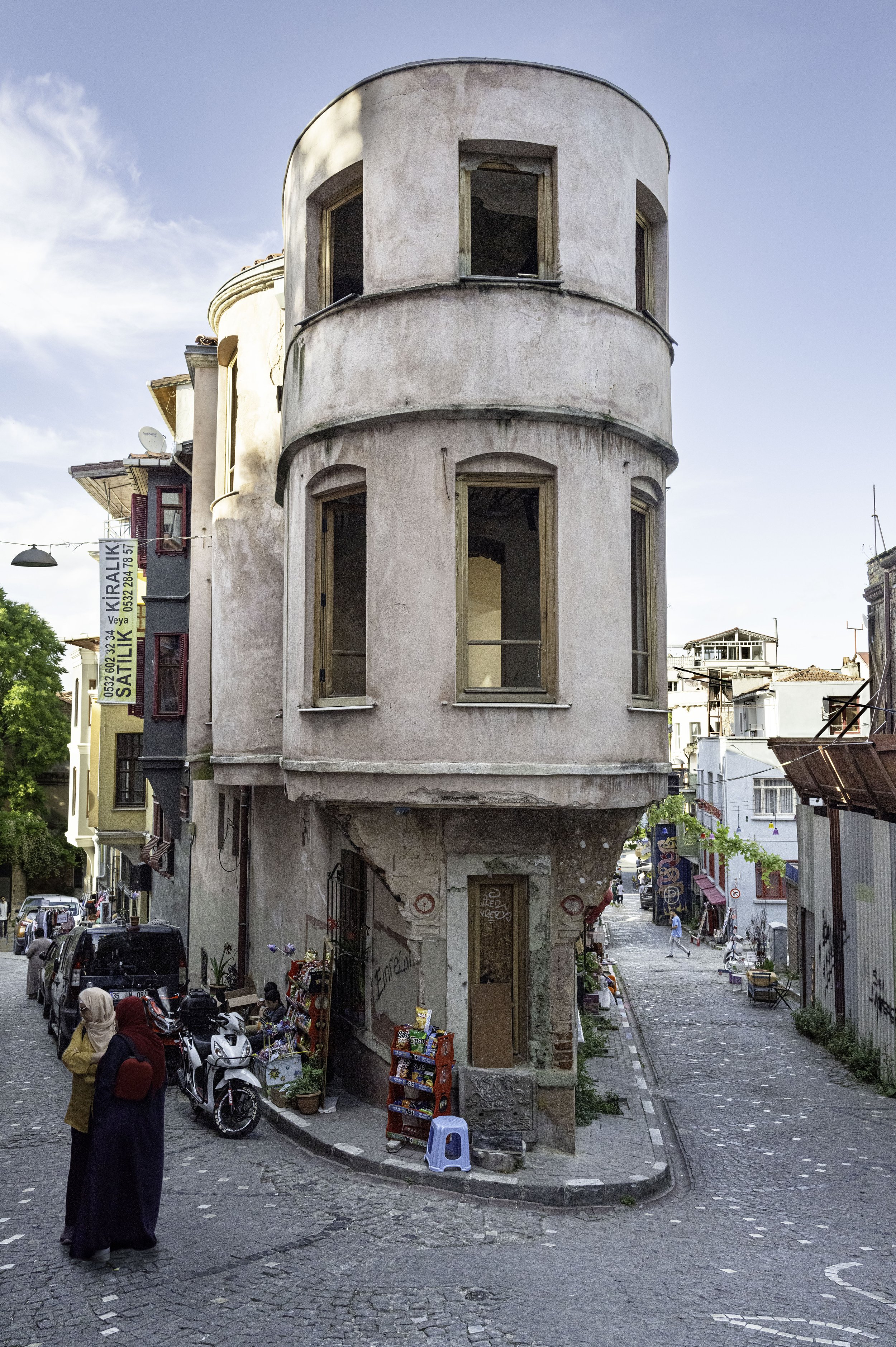
Street Corner, Belat,

Romance, Galata

Father & Daughters, Steps Of The Niles Hotel, Fatih

Selfie, Kadikoy

Old Courtyard